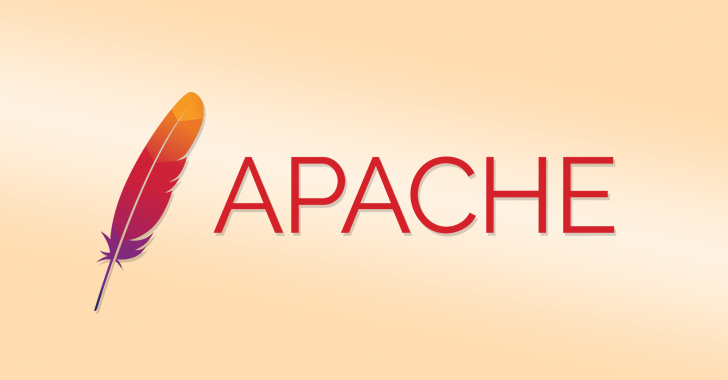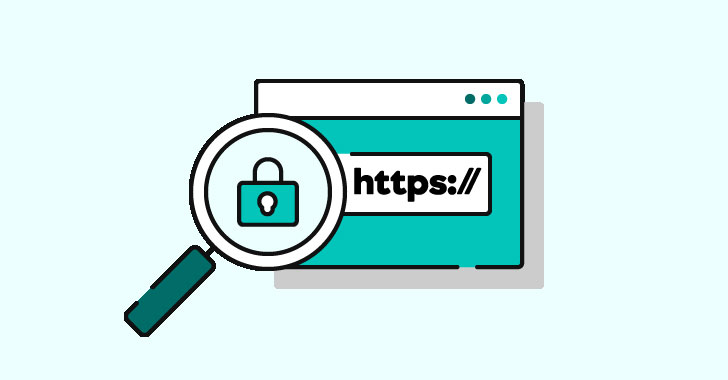This is a commentary.
The Malaysia Government recently announced a national plan called Jalinan Digital Negara (JENDELA) to improve the digital infrastructure in the country.
As part of the 12th Malaysia Plan (2021–2025), the current Prime Minister of Malaysia, Tan Sri Muhyiddin Yassin released a media statement on Saturday (August 29) saying that the JENDELA action plan was drafted through a “Laboratory session”. No details were released on the parties/representative/people that took part in this “lab session”.
Phase 1 of JENDELA includes the following:
- Expand 4G mobile broadband coverage from 91.8% to 96.9% in populated areas;
- Improve mobile broadband speeds from 25Mbps to 35Mbps; as well as
- Enable as many as 7.5 million premises to access gigabit-speed fixed line broadband services
- Gradual termination of 3G networks towards the end of 2021 for the improvement of 4G networks as well as strengthening the foundation for 5G networks.
Phase 2 of JENDELA involves the transition to 5G, although at the moment, details are still sketchy about the national 5G plan with no spectrum have been awarded to Telecommunication operators yet.
There are also plans to improve fixed and mobile connectivity in Sabah and Sarawak.
The full announcement (only in Bahasa Malaysia) can be downloaded here [PDF].
Comment:
Jalinan Digital Negara is supposedly shorten to JDN but its unclear how it became JENDELA, which also means Window if translated into English.

First of all, the new JENDELA plan has a lot of conflict with the current National Fiberisation and Connectivity Plan (NFCP) 2019-2023.
NFCP aims to improve nationwide fixed and mobile broadband services, among its major target include:
- Entry-level fixed broadband package at 1% of gross national income (GNI) by 2020
- Gigabits availability in selected industrial areas by 2020 and to all State Capitals by 2023
- 100% availability for premises in State Capitals and selected high impact areas with a minimum speed of 500Mbps by 2021
- 20% availability for premises in sub-urban and rural areas with up to 500Mbps by 2022
- Fibre network passes 70% of schools, hospitals, libraries, police stations and post offices by 2022
- Average speed of 30Mbps in 98% of populated areas by 2023
- Improve mobile coverage along Pan Borneo highway upon completion
While not many details are available on JENDELA right now, such as the cost of deployment, there are a few questions on what it intends to achieve:
1. Expand of 4G mobile broadband coverage from 91.8% to 96.9% in populated areas;
I am not sure how the Government came up with 91.8% 4G mobile coverage nationwide. At the moment, there are many areas, especially indoor areas that don’t have 4G coverage.
Malaysian Telcos have measured 4G coverage at the lowest possible signal strength (equivalent to 1 signal bar or less on a smartphone) which may not be usable in real life for calls and Internet depending on network and other condition.
In my opinion, the right method to measure 4G mobile coverage must be at least a minimum -98dBm or 2 signal bars and above. This would translate around half, or 45% real life/usable/actual coverage from what are being claimed.
2. Improve mobile broadband speeds from 25Mbps to 35Mbps;
I wonder how did the Government came up with the 25Mbps mobile broadband speeds right now. Perhaps it should list down the areas.
There are so many areas in the country right now that gives you super slow 1Mbps speeds and below. For example, in some areas, Maxis could offer speeds up to 200Mbps at a particular location but if you move just 1KM away and the speed drops to 1Mbps even with good signal.
NFCP’s minimum 30Mbps makes more sense as this is possible (although not 100%) with the current 4G/3G/2G spectrum awarded to the Telcos. Perhaps the folks behind JENDELA needs to walk out from the lab and test out the mobile network speeds, see whether they can get 25Mbps, or perhaps 1Mbps/200Mbps.
3. Enable as many as 7.5 million premises to access gigabit-speed fixed line broadband services
At the moment, the high speed broadband network (HSBB), a national project operated by a single Internet service provider, Telekom Malaysia (TM), has got over 3 million HSBB ports/premises/home nationwide (used mainly by Unifi – 1.55 million subs and the rest by Maxis – 392k, Celcom, ViewQwest and others). Why are some 1.5 million ports vacant all over these years?……Considering there is a high demand for fibre broadband services in city areas.
There are also existing fibre broadband subscribers stuck at a maximum 30Mbps speed (and high price) because Telekom Malaysia has yet to upgrade the infrastructure over the years. Does JENDELA include these customers?
If the Government is planning for 7.5 million premises with gigabit fibre service, where will this network be deployed by the end of 2025? When will a detailed plan be made available?
There’s also the question about pricing. How many Malaysians can afford to pay a couple hundred ringgit for a gigabit service? Will JENDELA reduce the burden of Telcos and bring down broadband pricing by half?
4. Gradual termination of 3G networks towards the end of 2021 for the improvement of 4G networks as well as strengthening the foundation for 5G networks.
Why is the Government of Malaysia trying to terminate/shut down 3G network when we still have a nationwide 2G network?
Fast Fact: Singapore has a detailed plan and has already shut down 2G network in April 2017.
Does the Government know that close to 20 million mobile subscribers on the Celcom and Maxis network still depend on 2G/3G networks and can’t use the 4G network to make traditional voice calls (VoLTE)?
In rural areas, 2G signal may still be better than 3G and some older generation folks still rely on 2G/3G network just for calls and probably SMS. Has the Government considered how this would affect these people? Or perhaps they are no longer important? Perhaps a free 4G smartphone upgrade and a guaranteed 4G coverage will be offered?
Oh and not to forget that there’s are still many Machine to machine (M2M) devices that still uses the 2G network and some only recently upgraded to 3G. Will the Government compensate these companies since they will be forced to upgrade to a 4G/5G-compatible device?
I am not against the plan to shut down 3G network as 4G and 5G provides a better future. However, the plan must make sense and take into account the current state of the mobile network in Malaysia. The Government should first terminate the 2G network before moving on to 3G. While there may not be many 2G consumers out there, these users must be given early notice and ample time to upgrade their devices. Also, 4G coverage is not on par with 3G and 2G and the Government needs to fix and prioritise this first.
If 3G network will be shut down by the end of 2021, when will the Government decide on the decade old 2G network?
scamboy thinks that JENDELA raises more question than answers. Hopefully the Government will reveal more details about this so called “action plan” since this is a national project…… among other conflicting national projects.
This is a commentary and the personal opinion of the writer.






![Refreshed Maxis Satu Plans but…. [Opinion]](https://www.malaysiainternet.my/wp-content/uploads/2016/04/thumbs-down.jpeg)
![What I think about webe 4G LTE [Opinion]](https://www.malaysiainternet.my/wp-content/uploads/2016/05/webe-850-app.jpg)
![Yes 4G – Worse than 3G, Poor Coverage & Lousy Customer Service [Opinion]](https://www.malaysiainternet.my/wp-content/uploads/2016/07/Yes-4g-lte-double-double.jpg)






